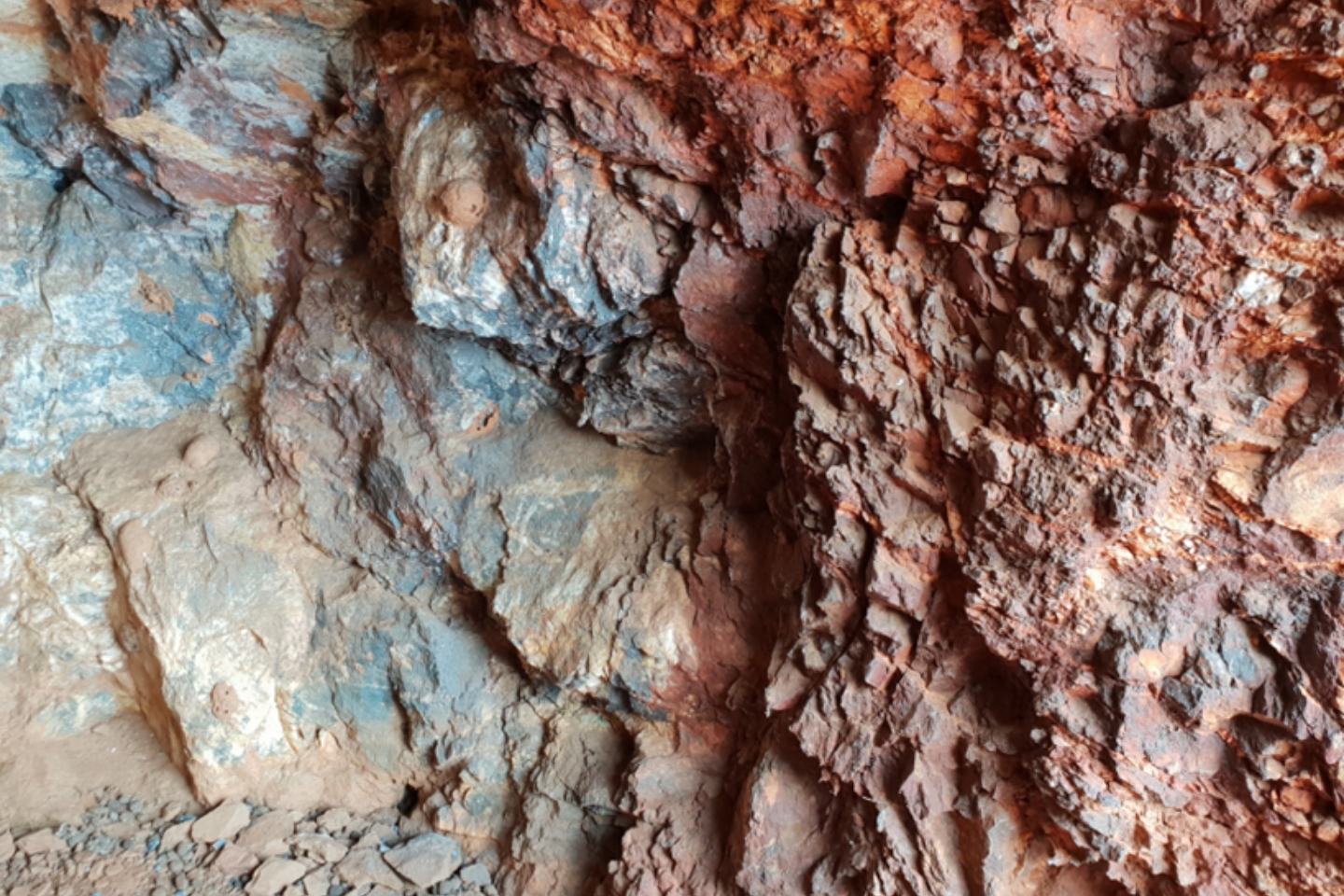King River Resources has revealed promising geochemical anomalism at its Providence target that lies along strike from a highly-regarded copper operation in the heart of Australia’s Northern Territory. The company says the anomalism could be related to the style of Tennant Minerals’ Bluebird-Perseverance deposit that has thrown up results including 61.8m at a grade of 2.3 per cent copper.

King River Resources has revealed promising geochemical anomalism at its Providence target that lies along strike from a highly-regarded copper operation in the heart of Australia’s Northern Territory.
The company says the anomalism revealed in assay results from phase-one drilling at Providence could be related to the style of Tennant Minerals’ Bluebird-Perseverance deposit that has thrown up results including 61.8m at a grade of 2.3 per cent copper. The 18-hole reverse-circulation program for 2790m of drilling encountered anomalous geochemistry associated with structure, veining, chlorite-hematite alteration and ironstone zones on geophysical trends known to host iron oxide-copper-gold (IOCG) deposits.
Prompted by the results, management has immediately begun planning for a follow-up drilling campaign.
King River’s first inclined drillhole put into the Main north-west gravity trend at Providence intersected ironstone zones and iron alteration with quartz and fracturing to end-of-hole at 180m, carrying geochemically anomalous values up to 109 parts per million antimony, 58ppm thorium, 289ppm arsenic, 0.57 per cent sulphur and 304ppm lead.
The anomalism sits just 100m above and 50m east of a strong gravity “high” that denotes the Main trend at that point – and the company has already earmarked it for follow-up drilling.
About 50m north-west of the first hole, the company put in a line of five holes designed to transect a weaker, but still significant gravity trend known as “Europa”, to test for a similar response to that in the first hole. The Europa holes successfully intersected meaningful structures and alteration, with geochemical anomalism up to 50 parts per billion gold, 14ppm antimony, 22ppm thorium, 322ppm arsenic, 1.7 per cent sulphur and 747ppm lead.
About 1.5km further south-west along the Main trend from the first hole, a further two adjacent lines of drilling were put across the “Y” junction of the Main trend where it adjoins the Metallic trend. The drilling successfully intersected significant structure, alteration and ironstone – which was mainly hematite, with minor magnetite.
King River says it confirms that the strong gravity trends are associated with ironstones and that the strong gravity zones, accompanied by dipole-dipole induced-polarisation (DDIP) conductors on both the main trend and the multiple lateral splays, are valid targets for further testing
Additionally, analyses proved low-level, but geochemically anomalous gold in one hole on the Metallic trend, up to 0.1g/t from 10m to 11m with 56ppm antimony, 33.7ppm thorium, 322ppm arsenic, 4.9 per cent sulphur and 355ppm lead.
King River’s Providence drilling has undertaken first-pass testing of gravity, magnetic and DDIP targets along the north-west-striking gravity anomaly from the Bluebird-Perseverance mineralisation.
It is where Tennant’s diamond drilling at Bluebird jagged the 61.8m going 2.3 per cent copper including 6.85m going 17 per cent copper in a massive sulphide zone. Other highlights included 63m at 2.1 per cent copper and 4.6g/t gold from 153m, which featured 27.55m at 3.6 per cent copper and 10g/t gold and also 7m at 38.5g/t gold.
Projected north-westerly magnetic and gravity trends from Bluebird and through Providence lead straight to Emmerson Resources’ historic Blue Moon, Gigantic and Metallic Hill IOCG mine trends and within a greater area where many other similar styles of mineralisation have been identified.
It must be held in mind that this program was largely of a geochemical nature to track down the faintest hints of potentially economic mineralisation in an area that to date has been poorly tested, or even untested.
King River says the work has been successful in resolving relationships between geophysical and geochemical signatures that indicate proximity to potential IOCG styles of mineralisation.
It is early days still, but now it is time for the company to assail its new targets for proof-of-concept.
Is your ASX-listed company doing something interesting? Contact: matt.birney@businessnews.com.au
















